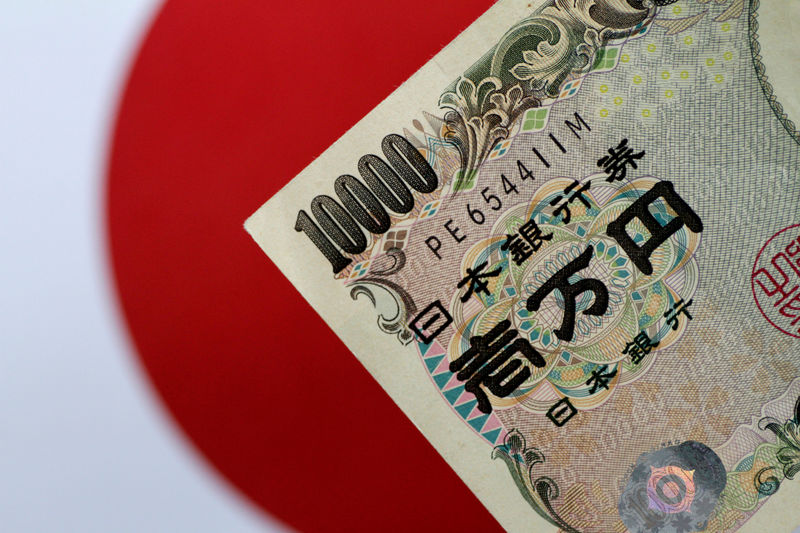Investing.com — The Japanese yen rose in volatile trade on Friday after the Bank of Japan said it will adopt a looser approach to its yield curve control policy, while broader Asian currencies recovered from some recent losses against a strong dollar.
The recovered from initial losses to trade 0.5% higher to the dollar by 00:56 ET (04:56 GMT). But the currency had earlier fallen as much as 0.8% before rising by a similar range.
BOJ signals less strict yield curve control
The BOJ said on Friday that it will adopt a more flexible approach to controlling bond yields, by allowing them to trade fluctuate beyond its target range.
While the bank still , Friday’s move still marks a potential step towards the end of the BOJ’s ultra-dovish stance, especially as it struggles with higher Japanese inflation.
Data on Friday showed that grew more than expected in July.
Still, Friday’s BOJ decision disappointed some traders hoping for a more hawkish stance from the bank. Media reports had shown that the bank was even considering an end to its YCC policy. This was likely behind the near-term volatility in the yen.
Broader Asian currencies strengthened on Friday, brushing off some overnight losses after the dollar rose sharply on stronger-than-expected economic growth data.
The rose 0.3%, with investors also watching for any more stimulus measures in the country following vows from several top-level officials.
The rate-sensitive added 0.4%, while the added 0.1%, taking some support from lower oil prices.
But the outlook for Asian currencies was somewhat dented by stronger-than-expected second quarter . The reading pushed up expectations that the Federal Reserve will have enough economic headroom to keep raising interest rates – a scenario that bodes poorly for regional units.
The and rose slightly in Asian trade after rallying 0.6% overnight.
Australian dollar slides on weak retail sales
The was the worst performer in Asia on Friday, tumbling nearly 0.9% after data showed that unexpectedly fell in June.
The reading points to slower consumer spending amid pressure from high inflation and interest rates. But it could also herald a coming slowdown in consumer inflation.
This puts less pressure on the Reserve Bank to hike interest rates, with the RBA widely expected to . A pause in the RBA’s rate hike cycle diminishes the outlook for the Australian dollar.
Read the full article here




